22nd Feb 2023
Zenith El Primero – First, Last, and Always
by Adrian Hailwood
It seems crazy to think that, in 1969, as we put a man on the moon and the watch world ticked over into the quartz age, that common complication – the automatic chronograph, had only just been perfected. Much has been written about the scramble to launch between the three competitors, Zenith, Seiko, and the Breitling/Heuer/Hamilton conglomerate, but Zenith were definitely the first to begin work on their project and the first to go public.
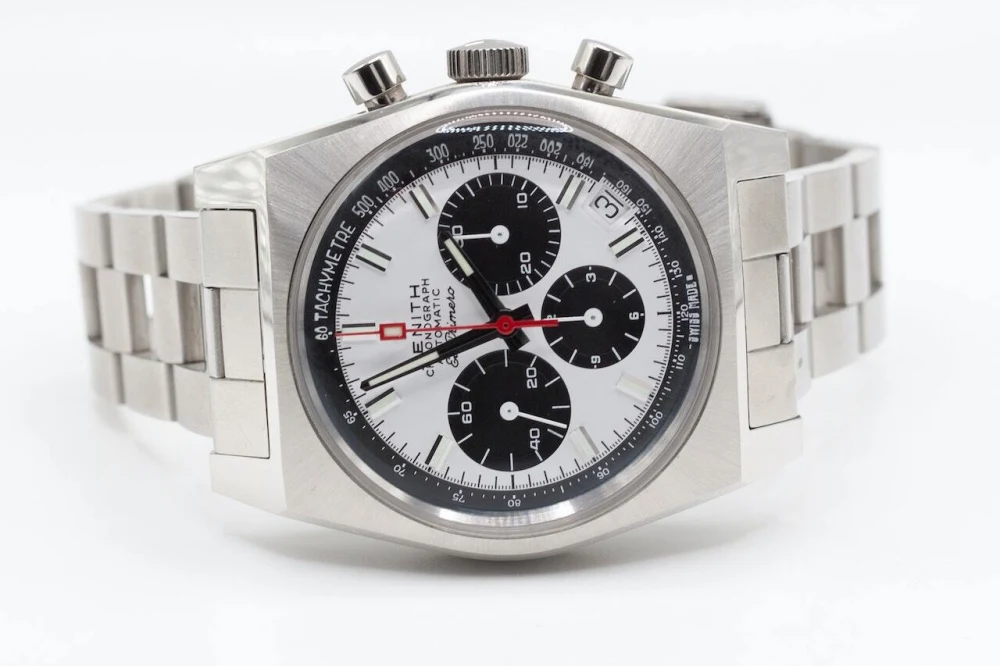
Chronometers rather than chronographs were more Zenith’s thing historically speaking, but the 1962 purchase of their chronograph movement supplier Martel set them off in a new direction with a revolutionary automatic chronograph planned as a celebration of the company’s centenary in 1965. The project took 4 years longer than anticipated but along the way the movement evolved into a high-beat, chronometer grade marvel requiring specially developed lubricants to keep pace with its higher frequency.
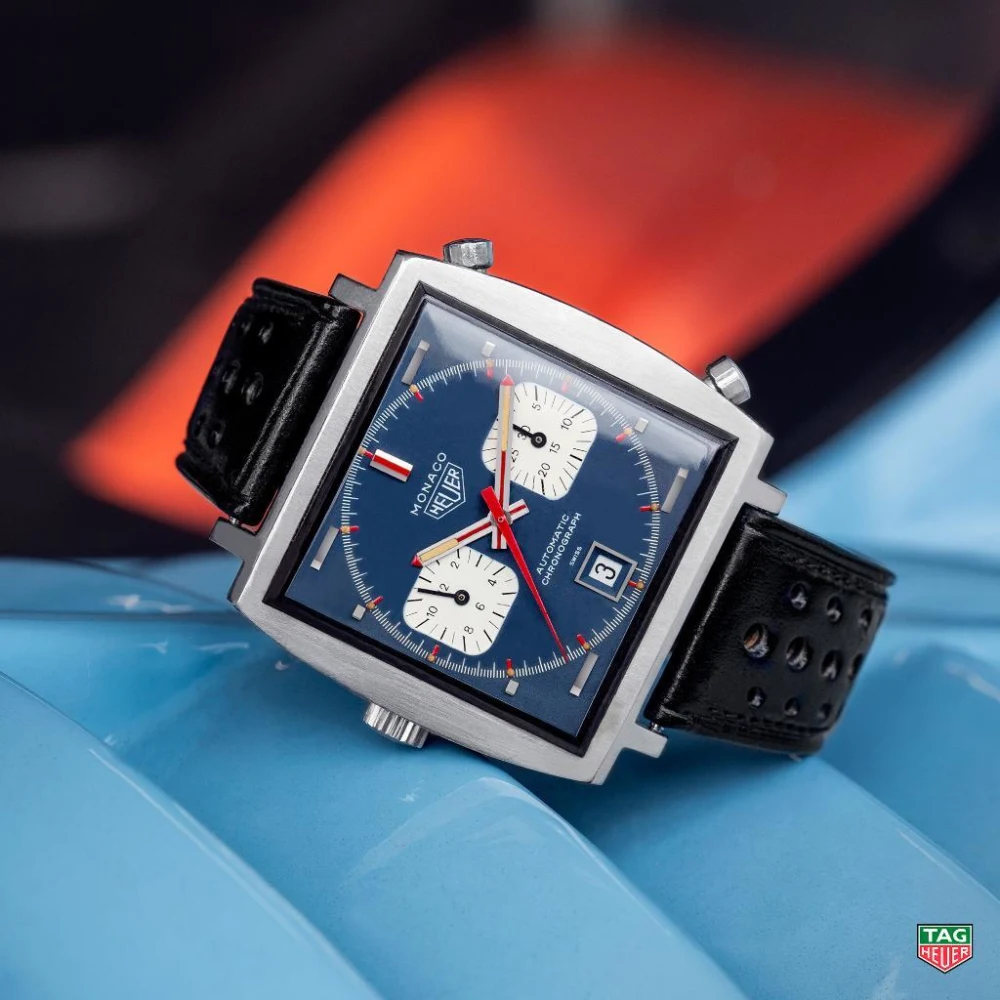
At their press conference on January 10th, 1969, Zenith became the first manufacturer to announce an automatic chronograph to the world – quite literally, as the movement dubbed ‘El Primero’ means ‘The First’ in the language of Esperanto. Things went downhill from there; by the Spring Basel Watch Fair, Zenith still only had a prototype to show, while Breitling/Heuer/Hamilton has a range of watches buyers could order, and unbeknownst to both, Seiko had their 6139 Speedtimer already on sale in Japanese retailers. Problems with the complexity of their new creation saw Zenith as the last to get to market, only delivering watches in October 1969.
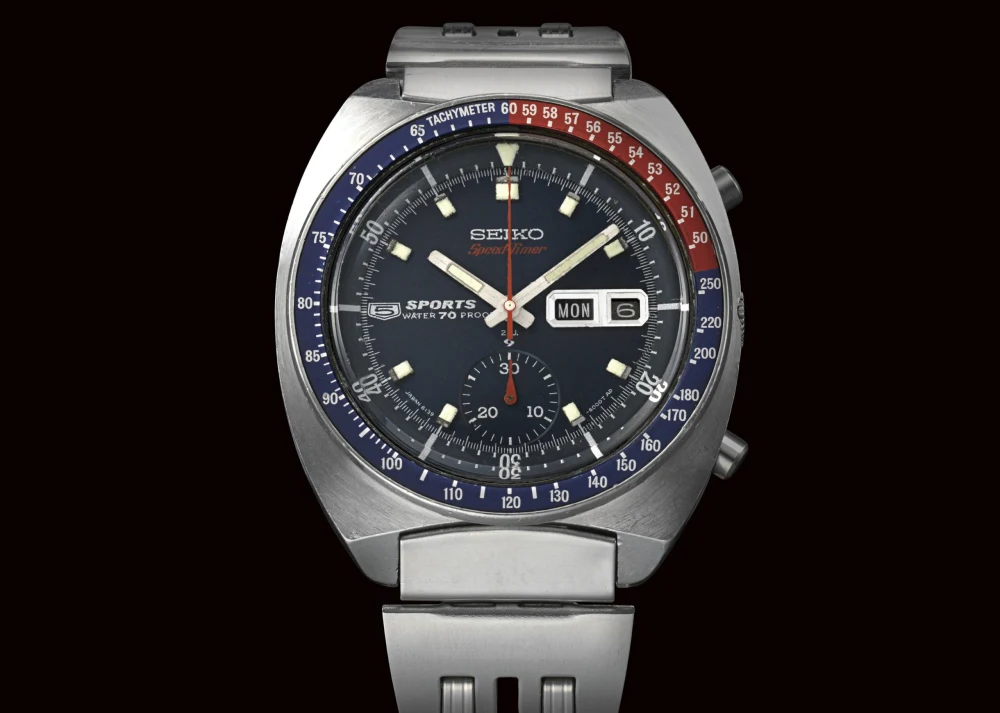
The El Primero, (we always refer to the movement rather than the watches that housed it – testament to its totemic status), was slimmer than it’s 1969 rivals, more accurate, and capable of 1/10th of a second timing, but it was expensive to produce and tricky to maintain. In 1975, Zenith Radio Corporation, the majority shareholder of Zenith Watch Company, shut down production thinking the future lay in electronics and quartz. In a story too long to tell here, the movement was secreted away without management’s knowledge or approval, to be revealed again when tastes had shifted back to mechanical.
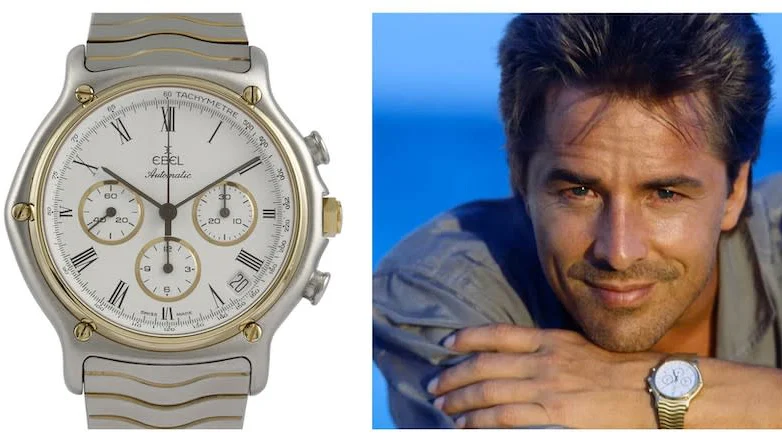
Although it is the Rolex Daytona that grabs the attention, the credit for kickstarting the El Primero’s return goes to Ebel. Their Sports Classic chronograph with the distinctive wave bracelet that seems to sum up 1980’s style – gracing the wrist of Sonny Crockett in Miami Vice, housed Ebel calibre 134, a resurrected and rebadged El Primero. In 1986 Rolex began working to adapt the El Primero to their requirements. The integrated nature of the movement with multiple bridges made it suitable for reworking and the 3-6-9 sub-dial layout continued the design template of the earlier Daytonas. The escapement was changed to Rolex’s preferred ‘free-sprung’ balance, the frequency relaxed down to 4Hz and the date function discarded.
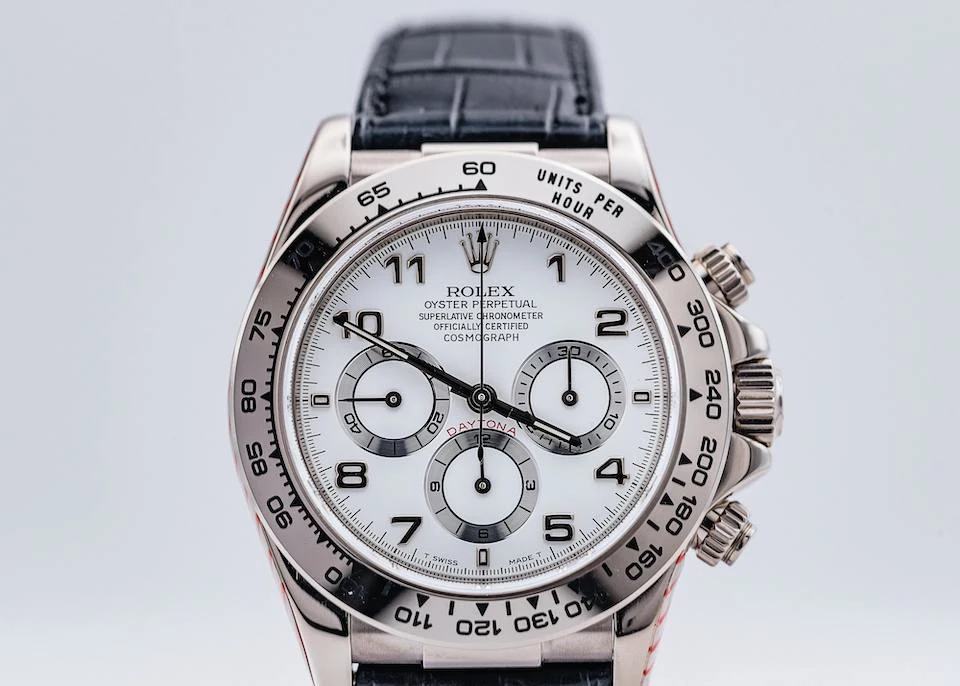
If it was last to market in 1969, the El Primero also has the distinction of being the last man standing… Breitling/Heuer/Hamilton’s Calibre 11 only lasted until 1971, and the Chronomatic movement line in its various forms, disappeared for good by the end of the 1970s. The Seiko 6139 went the same way in 1979. Being the engine in an iconic Rolex has established the El Primero in collectors mind, but Zenith have reembraced this milestone movement and have been mining the back catalogue for early models to reissue, which in turn has bumped the value of the originals. Every brand needs a centrepiece model to wrap their story around and for Zenith, given the popularity of the sports chronograph market, the El Primero fits the bill, both now and for the foreseeable future.
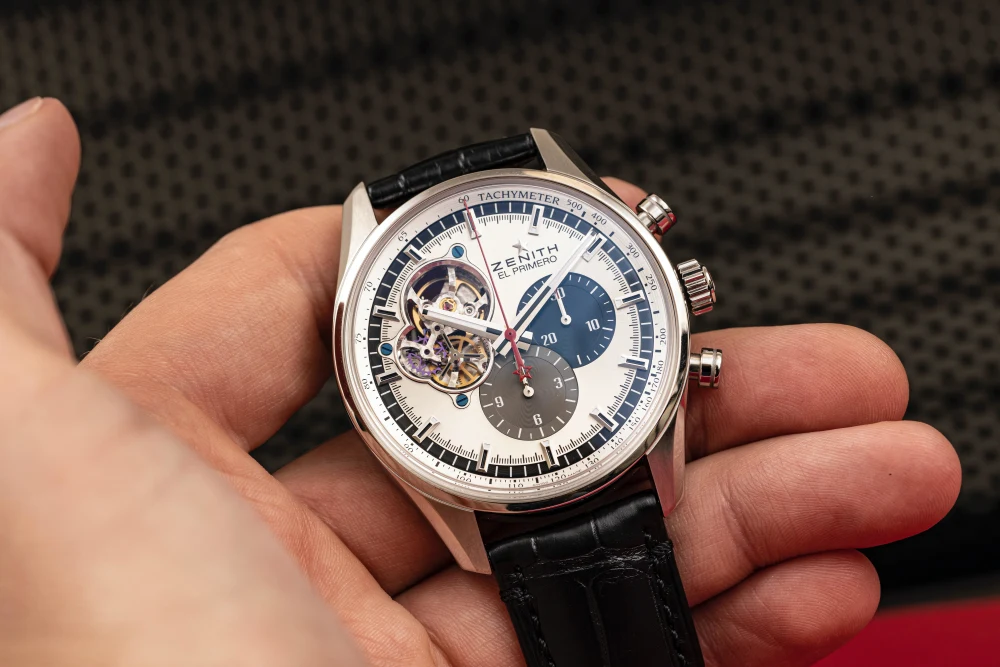

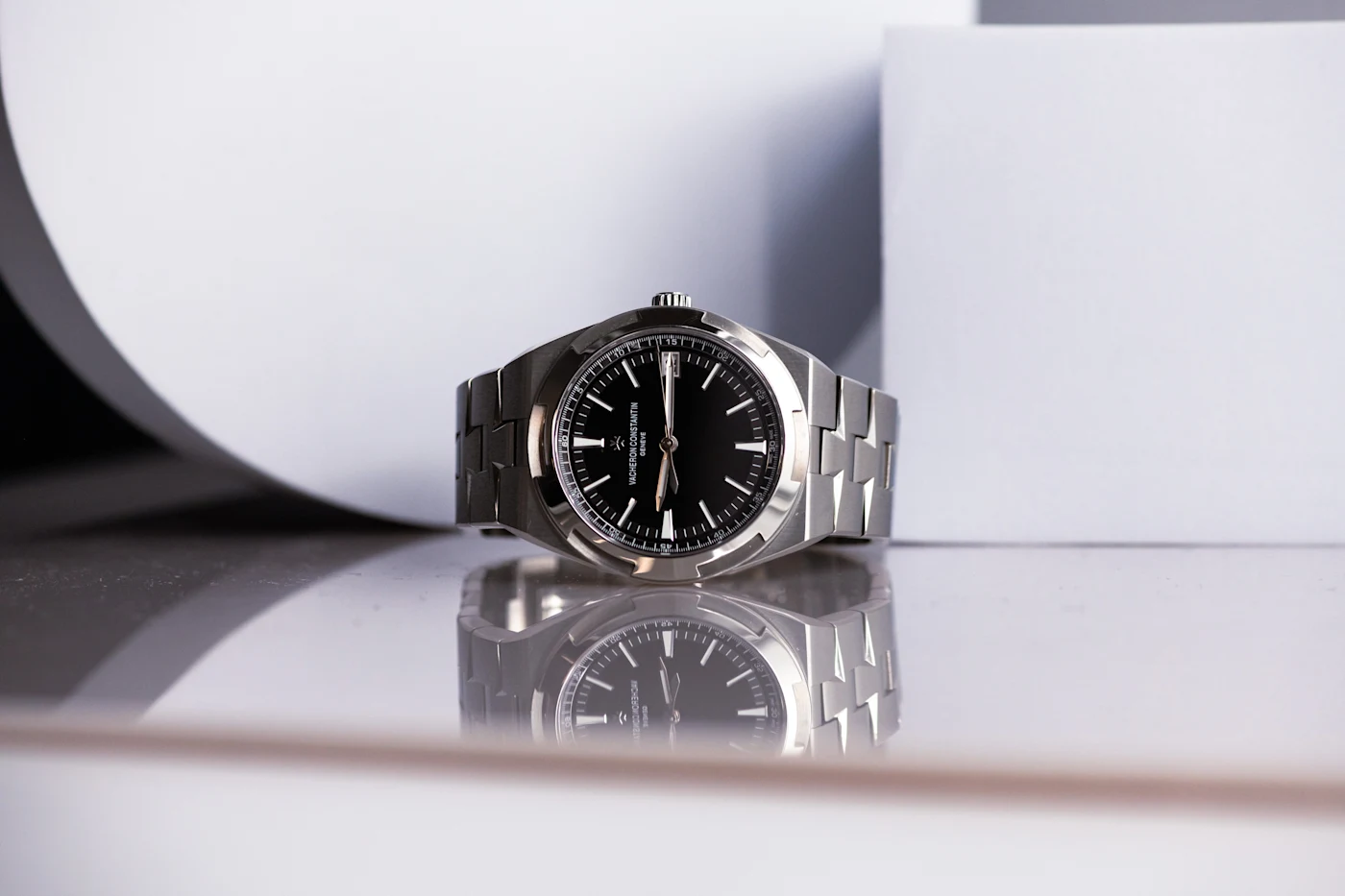
Have your say!